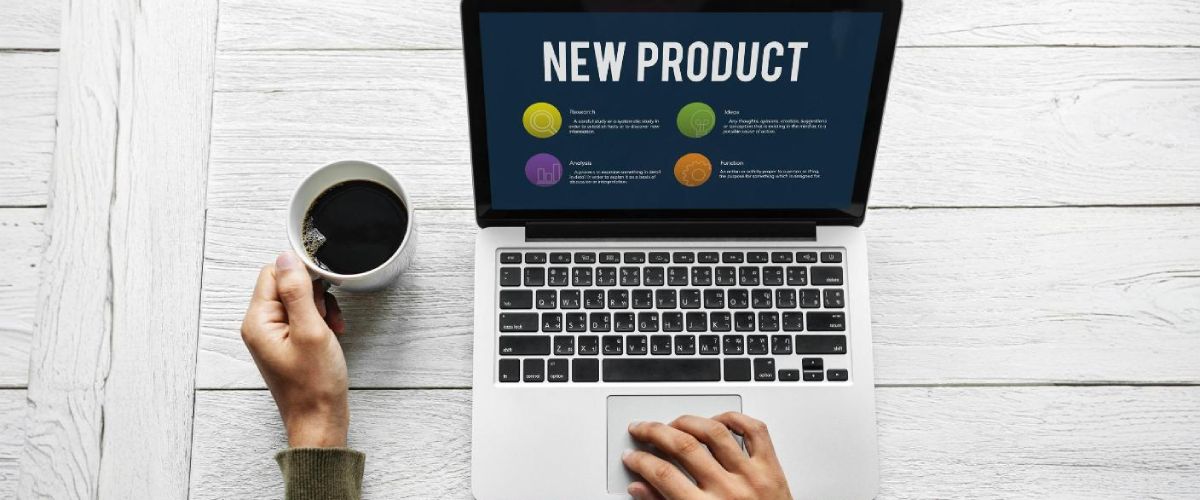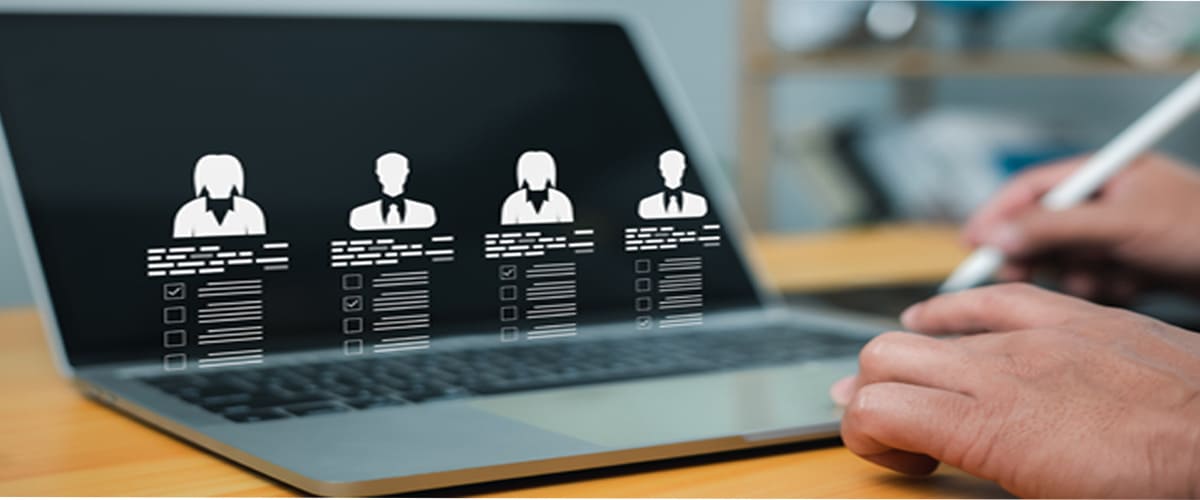
If you have not developed a new product before and want to learn the basics of its development, you have come to the right place. Developing a new product is a long and difficult road, but this blog will remove the dust and make the view clear.
Because this is a complex undertaking, you need to approach this as a step-by-step process. From generating product ideas to getting the real product to customers hands, you can move through it, and introduce modifications to make the process your own. Let’s dive in.
Step-by-step process of a new product development (NPD)
A new product development (NPD) means introducing a new concept onto the market. And it signifies the journey of making this new thing from its ideation to its release into the market.
1. Ideation
The process begins with creating an idea or ideas of a new product that is aimed at solving a problem of your target market in a better or new way. To generate effective ideas you have to have a deep understanding of your target audience to know their pain points accurately.
To gain an accurate understanding of your target market’s pain points you can use brainstorming sessions through technological advancements, customer feedback, emerging trends. You can also use ‘social listening’ to immerse yourself in what your prospective customers talk about on what’s working for them and what’s not.
2. Research
Although you can get major inspirations from brainstorming sessions and listening to your audience closely, you need a bit of research to get things going in the right direction. We can assume that at this point you have selected one or two ideas you want to move forward. To flesh these ideas out you need to conduct more in-depth research.
That can be done by various ways like conducting a market research (to better understand the product’s demand or where does it fit into) or competitor analysis (to find out what your competitor’s products lack that you can improve upon).
At this stage you should conduct surveys to get feedback from customers before finally defining your product. You may have to repeat this process several times.
3. Planning
At this stage you will clarify your final product idea and plan to bring it into reality. If you are creating a physical product you will plan to find production partners or source necessary materials at this point.
Strategizing your marketing efforts is also part of this step. What pricing models would work best or what will customers pay for this product are the questions you’ll need to provide answers for.
This is a phase where you take care of the nitty gritty. And don’t forget to allow some flexibility into the process of development as rigid plans can be limiting.
4. Prototyping
This is the phase where your idea takes physical shape, going through phases of experiments, and becomes a sample product. This will help you identify weak points and risks before moving into mass production.
Even if your team is small you should learn CAD and 3D print your design. That way you can use this tangible item to on board potential users and stakeholders.
This prototype, which is now set to become the minimum viable product (MVP), is the most basic version of your release-ready product. You can consider making multiple prototypes and go back and forth between ‘prototyping’ and ‘testing’ before finalizing.
5. Testing
This is a step that is more obvious than any. It involves testing your product to make sure that it solves your customer’s needs effectively. During this stage you should share your prototype with some of your target audience to ask for feedback on which you can act upon.
You want your product to be effective in real-world use case scenarios. Testing it allows you to identify what is working and what is not. With this knowledge you can go back to the prototyping phase and return with a better product.
Once you feel that your product is ready to solve the needs of your customer you can begin production.
6. Production
During this phase you make some final touches to your prototype and begin mass production.
Depending on the type of product the production process will change. For example, if your product is physical this phase would include outsourcing production of some of the components and assembling the entire product in your warehouse. If you’re in a SaaS business your internal programming or software development teams will finalize code.
How your production process will go depends on how well you planned it during the ‘planning’ phase.
Note: At about this phase of the process you should consider protecting your idea. It is crucial to get the right to intellectual property (IP) after you have developed and refined your product.
7. Commercialization
All that is left to do at this point is to introduce your product to the market. Your marketing efforts should have already made your audience aware of this new product you are launching and have enticed them to use it.
Many businesses choose this phase to launch their product and wait to gather customer feedback so that they can once again enhance their products. With this approach they can adapt to market changes and come up with products that can provide the best experience to their customers.
You can also have this MVP mindset and start with launching the simplest version of your product. This will allow you to consistently iterate your product and stay relevant.
8. Monitor and improve your idea
While your product is in the market you should continue monitoring and improving the idea behind this product. You can do that by analyzing its performance, customer satisfaction, and opportunities for further development.
You can measure its impact and value by using metrics such as reviews, referrals, retention, and revenue.
Things to consider when creating a new product
You should keep the following things in mind if you are creating a new product:
To facilitate the purchase of your product you have to let people know about your product and how it can solve the problem they want solutions for. While there are various ways to get your product into the hands of your target audience you should conduct research on the best ways to market and sell your product.
It would be great if you can build your company branding into your design during the initial phases. You can build your branding in the user experience, or the aesthetics of your product. And don’t forget the packaging. Consider learning from top brands on how designs can reflect brands.
This is necessary because you have to get your product to the customer from where it is made. Managing logistics is about shipping, warehousing, and delivering your product to specific places within specific time limits. To ensure the desired flexibility, you should work on logistics while you are planning the production process.
Your customers are going to have questions once they get your product. Keep a solid customer support team ready to provide assistance to these customers. It is a crucial part of your product and it can increase your brand awareness significantly.
Final Thoughts
Now that you have gone through the whole process you are ready to get started. If you are a small business owner you may not plan this as bigger businesses might do with access to larger capital. But as a small business you will also have advantages like access to brilliant ideas, technologies and innovative strategies, and above all a dedicated workforce. Therefore, your future is limitless when it comes to new product development.







